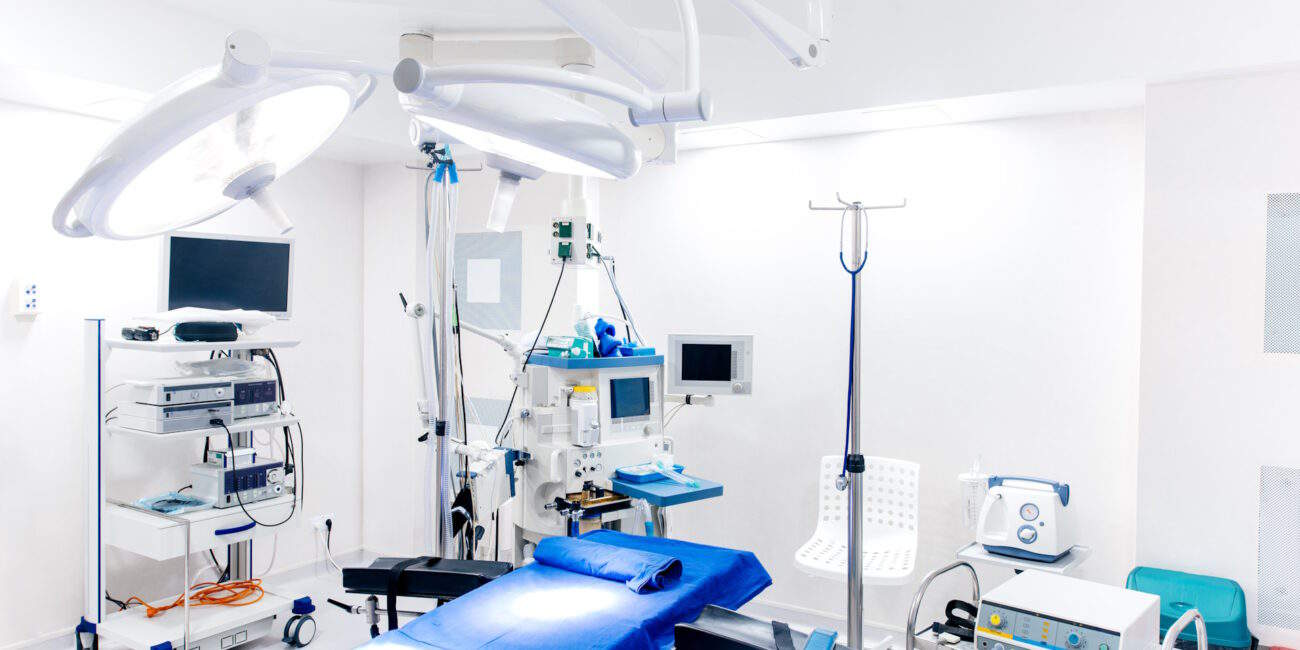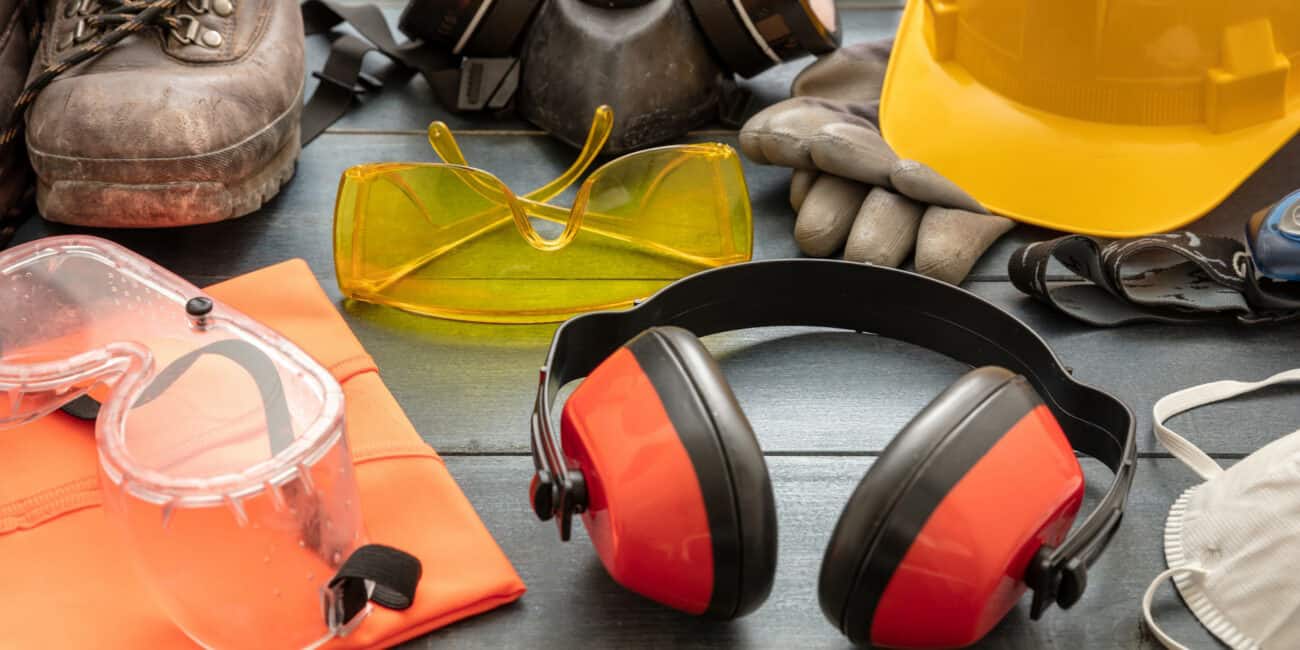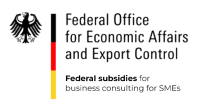Waste Electrical and Electronic Equipment (WEEE) & Battery Directive
Electrical products have a reputation among e-commerce sellers for being complex and also expensive in terms of product compliance. This reputation is not without reason. New sellers in particular, whose budgets are still limited, rarely venture into the demanding field of electrical products. If you as a seller have gained a foothold in this sector, you will quickly stumble across terms such as WEEE, extended producer responsibility (EPR) or even the rather well-known symbol of the crossed-out wheeled bin.
With this article, we want to offer you as a seller a comprehensive overview of the applicable European directives and regulations on electrical products and batteries. In addition, we look at the corresponding German legislation and the obligations that arise for you as an economic operator, or more precisely, manufacturer, and show what happens if you violate these obligations.
Excursus: The difference between directive and regulation
As a layperson, it can often be extremely complicated to find one’s way through the entire legal jungle of laws, directives, and regulations. Therefore, we would like to begin by briefly explaining what a directive actually is and how it differs from a regulation.
A regulation is a binding legal act that all EU countries must fully implement. In contrast, EU directives must first be transposed into national law by the member states . The member states also have some leeway for implementing this directive. Thus, the ultimate law or regulation may also be stricter than the underlying EU directive.
Extended Producer Responsibility - EPR
The abbreviation EPR stands for Extended Producer Responsibility. The idea behind this is that a seller who places goods on the market within the EU is not only responsible for the product but also for all packaging or product components the end consumer may dispose of that. As a seller, you handle the entire life cycle of your product. They often referred this to as the after-use phase.
From this point of view, it is understandable why the EU Waste Regulation and the EU Packaging Directive, in particular, result from the EPR. There is no central European body for the disposal of electrical equipment and batteries, as an EU directive regulates disposal and thus each member state has its own national laws for disposal.
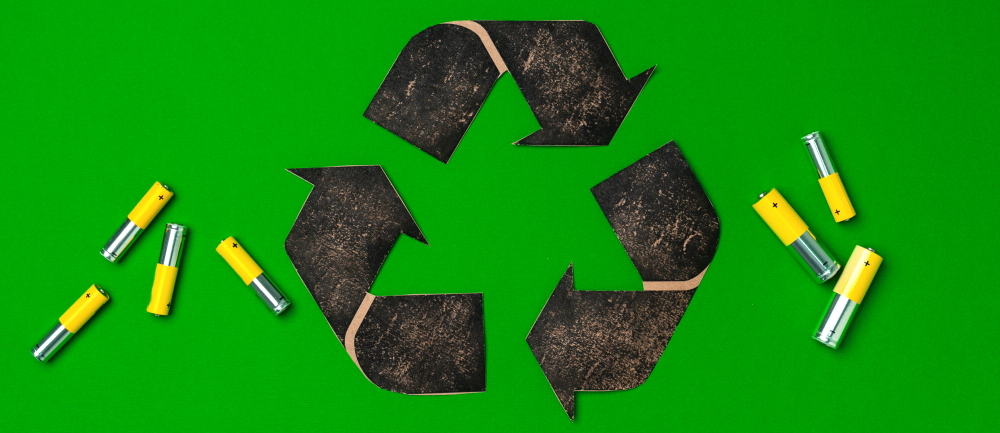
The WEEE Electrical Directive
What does it regulate and how was it implemented in Germany?
The Electrical and Electronic Equipment Act (ElektroG) is the German implementation of the European WEEE Directive. It regulates the placing on the market, as well as the return and environmentally sound disposal of electrical equipment. In 2022, the Electrical and Electronic Equipment Act was amended. The ElektroG aims to reduce the environmental impact of electrical equipment and to transfer any environmental costs incurred to the respective originator.
Obligations for economic operators in Germany
According to the ElektroG, the following obligations, among others, apply to you as a manufacturer of electrical and electronic equipment:
- The obligation to comply with dismantling-friendly product design (§ 4 ElektroG).
- The obligation to register and regularly report quantities to the Stiftung Elektroaltgeräte Register (ear).
- The collection and take-back of old appliances under the collection coordination of the ear foundation. This must be done nationwide and also includes a professional and environmentally friendly recycling.
- If you are a foreign manufacturer without a German branch, you must appoint an authorized representative based in Germany.
- The obligation to provide proof of an insolvency-proof guarantee in the sense of § 7 ElektroG for electrical appliances that can be used in private households.
- You must state your WEEE number on invoices. In addition, you must also submit the EPR number to Amazon or other market places.
- Manufacturers (or sometimes distributors) of electrical equipment must register with national registries in all European countries where they place their products on the market and apply for the WEEE number. In Austria, this would be in particular the manufacturing register EDM. In addition, there is an obligation to join the compliance system recognized in the respective country.
Manufacturers must also publish information annually regarding the fulfillment of the quantitative targets. This must be visible, at least in the imprint of your online presence! It is best to place this information under the WEEE number. For the fulfillment of the information requirements, it is sufficient if you link to the official statistics of the Federal Ministry for the Environment.
Since 1.1.2022, written information must accompany your electrical equipment under § 18 paragraph 4 ElektroG. With this information, end users must be informed about their obligations according to § 10 paragraph 1 ElektG, such as the removal obligation for used batteries, used accumulators, as well as for lamps. In addition, there must be a reference to the dealer’s obligation to take back the equipment free and it must be stated which options the end user has for returning old equipment. You must inform your customers about their own responsibility regarding the deletion of personal data on the waste equipment to be disposed of and about the meaning of the crossed-out wheeled bin.
Consequences for violations of the Electrical Directive
The consequences for violations of the Electrical Directive are regulated in § 45 of the ElektroG. Fines of up to €10,000, or more precisely, up to €100,000, can be imposed depending on the administrative offense committed.
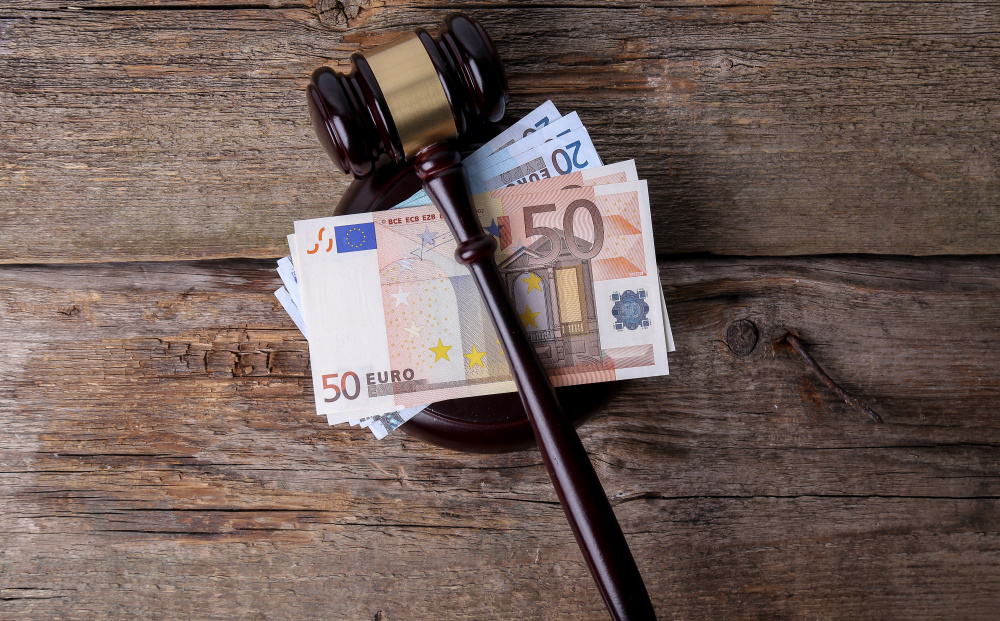
The Battery Directive
What does it regulate and how was it implemented in Germany?
The Battery Act (BattG) implemented the EU Battery Directive in Germany to regulate the marketing, return and environmentally sound disposal of batteries and accumulators. As the name of the directive suggests, it regulates the labeling obligation, the registration obligation, recycling quotas and the return & disposal of batteries as a take-back system.
Obligations for distributors in Germany
As a manufacturer of portable batteries, you are subject to several obligations arising from the current Battery Act, such as the obligation to register with the Stiftung Elektro Altgräte Register (ear). As a producer of portable batteries, you must also set up and operate your own take-back system for used portable batteries or join an approved take-back system, according to § 5 BattG. If you join a take-back system, you must report to it annually how many portable batteries you have placed in the market.
In other European countries, you or your distributor must also join a take-back system and register if necessary. However, the implementation in the different countries is not uniform, which is why the requirements differ in each country. You can find an overview of the requirements in packaging labeling and licensing in this article.
Consequences of violations of the Battery Directive
For violations of the Battery Directive, you may be subject to fines of up to €10,000, or more precisely, up to €100,000, depending on the exact offense. The exact violations can be found in § 29 of the Battery Act.
The correct product and packaging labeling for batteries and electrical products
The labeling of batteries and electrical products results from the WEEE directive. Therefore, the crossed-out wheeled bin is also referred to as the WEEE symbol. This symbol is a market conduct rule that shows to consumers how to proceed correctly when disposing of an electrical product. The crossed-out wheeled bin may be displayed with or without a black bar. Products placed on the market after August 13, 2005 will be marked with a crossed-out wheeled bin and black bar, but alternatively, a date may be used instead of the bar.
Sometimes, it suffices to have the crossed-out wheeled bin only on the packaging of the product. For compliance reasons, however, we would recommend that electrical appliances and batteries be uniformly and directly marked with the crossed-out wheeled bin symbol.
How can we support you?
Now you have an excellent overview of all those topics that will be relevant for you as a seller when you decide to distribute batteries and/or electrical products. Of course, we at Tradavo also support you in the legally compliant distribution of electrical products.
You need assistance?
It is best to book an appointment directly for a free initial consultation.
Who wrote this article?
As an author, Christina fills the blog section of our website with exciting and informative articles, so that our readers can always take care of product compliance in their company in the most well-informed way.



